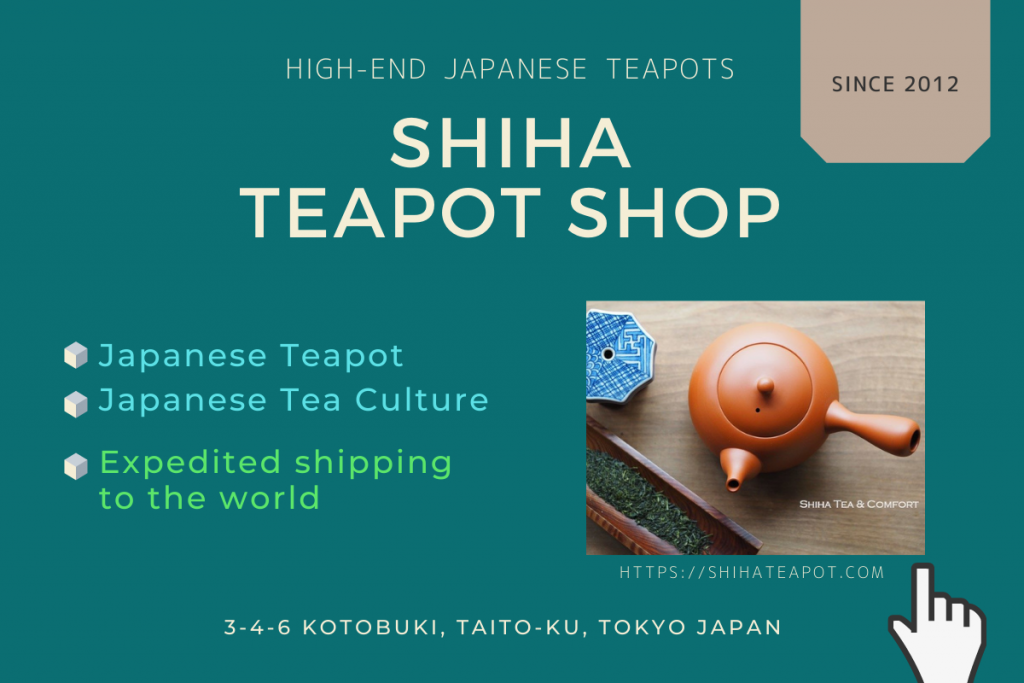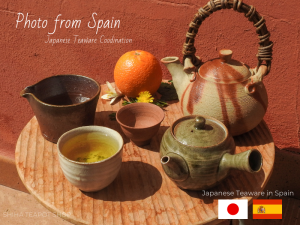Shimizu Hokujo Talks About Mogake (Seaweed) Teapot, Art and Technique

Interview to Mr. Shimizu Hokujo about his art and technique of mogake (seaweed) Teapot.
Hokujo told:
Mogake art began at the end of the Edo period (1603-1867).
Young thin seaweed, which are taken in May and June are used for teapot decoration.
The seaweed is called “Amamo”. They can be found on the coast. It is picked in beach where people go pick up clams.

The seaweed is where fish lay their eggs, so do not take the seaweed from the root, but tear off the upper parts. We must think about the regeneration of the sea.
In recent years, the beaches have been cleared to make room for clams, it is hard to obtain seaweed.
The seaweed cannot be used without certain steps. They must be washed to remove sand and clean them.
The right amount of salt must be left on the seaweed. The salt makes patterns on teapot during firing. You cannot wash too much.
Too much salt on seaweed makes it foamy and it melts during firing.
Too less salt result in vanishing of the seaweed in the kiln. Seaweed becomes white (turn to be ash) and blown in the kiln. No pattern is produced in this case.

How to know right amount of salt in the seaweed?
To make sure about it, you need to test-firing until you get right amount of salt in it.
Mr. Hokujo’s art and technique of mogake is binding seaweed on teapots to make the seaweed looks as if it is swaying in the sea.
It surely look like swaying seaweed.
Please also see Yokei Mogake Story
Hokujo Page




